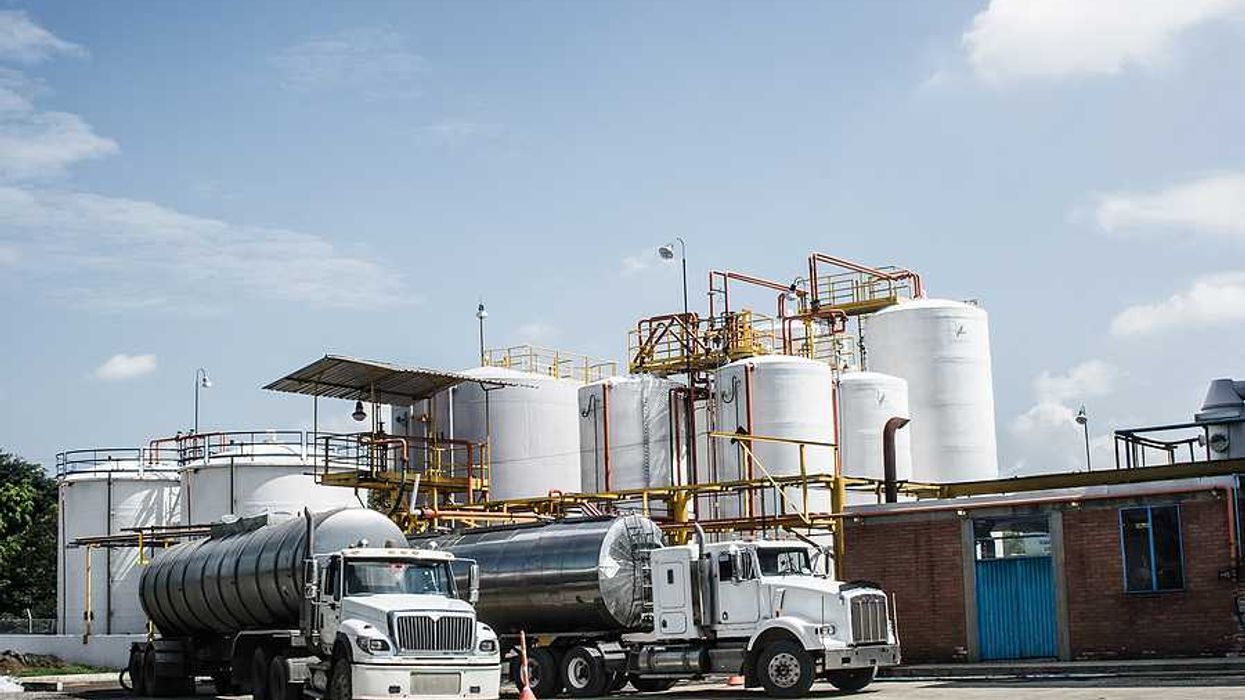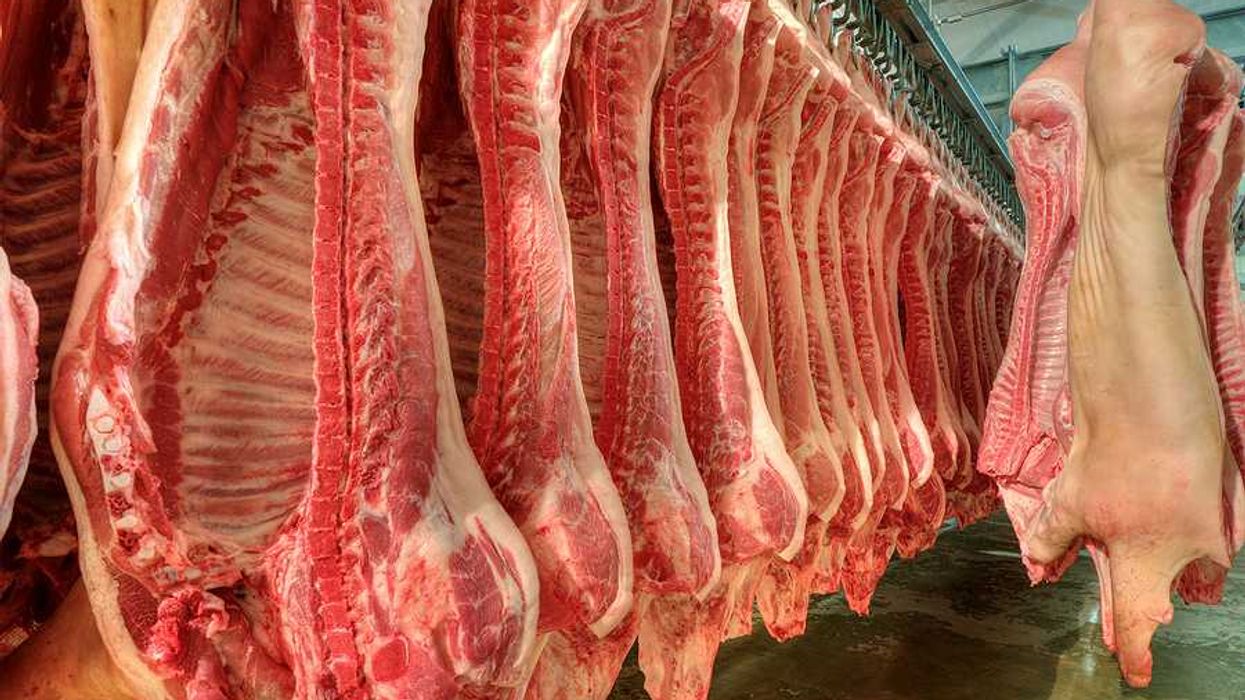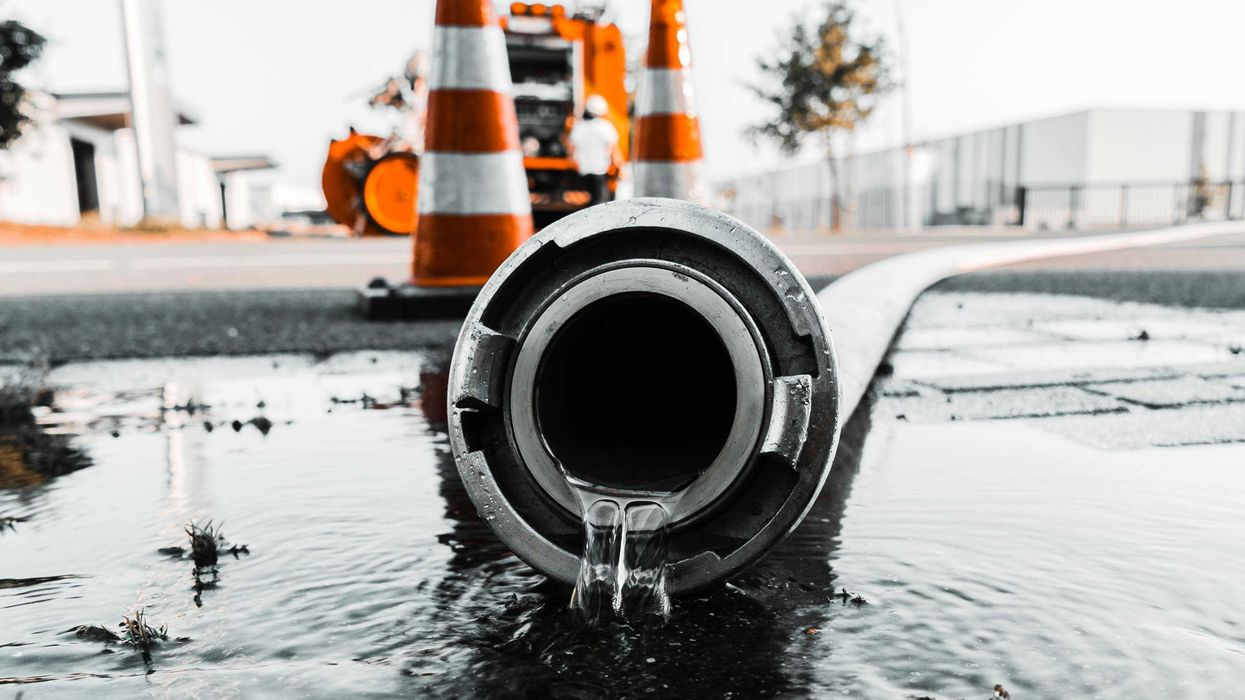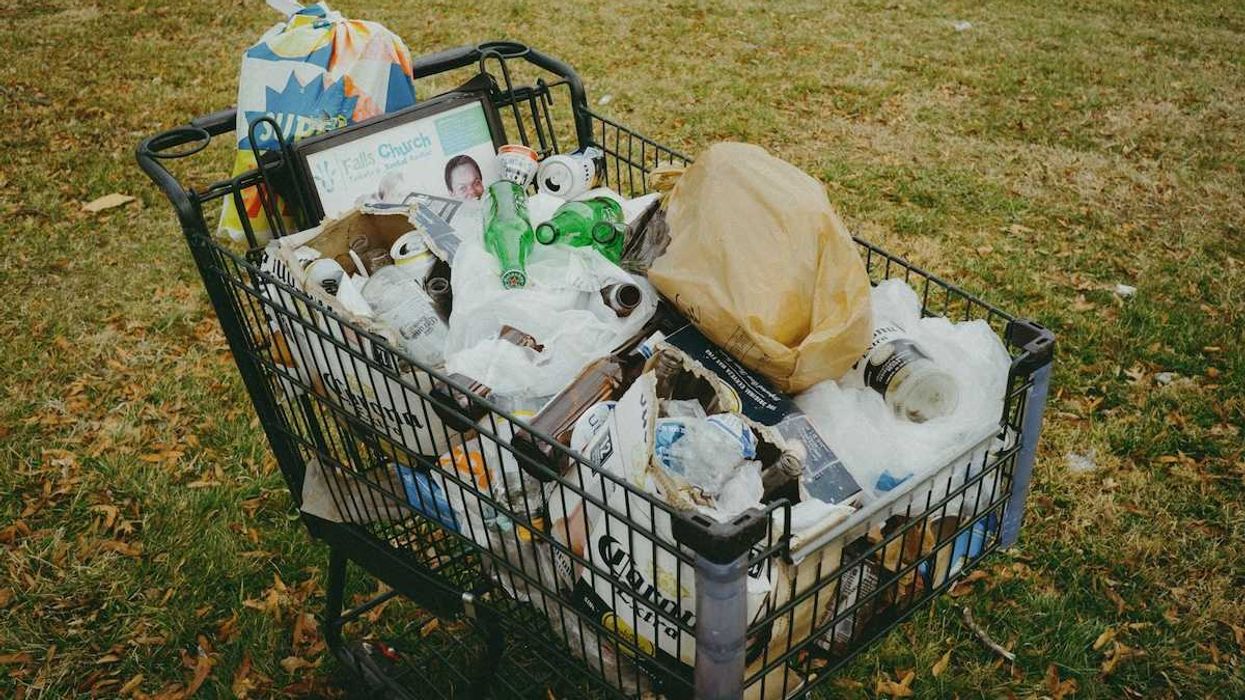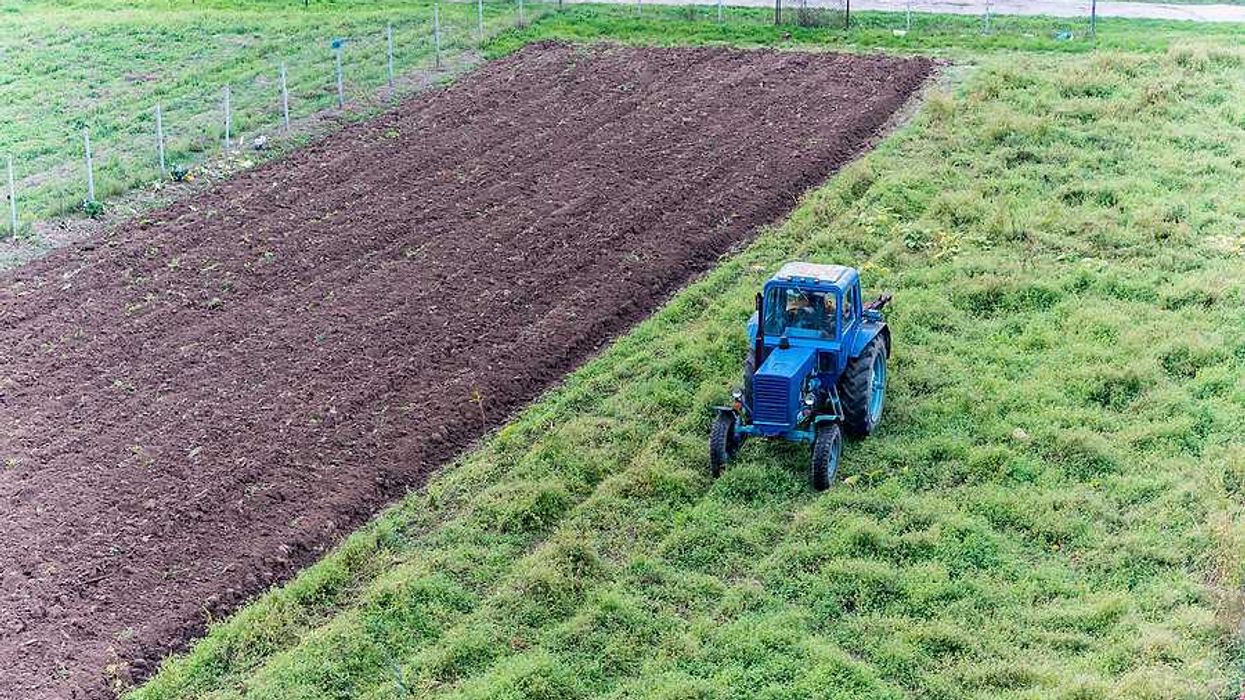A remote island off Australia’s east coast reveals how plastic pollution has infiltrated even the most protected ecosystems, with seabird chicks now vomiting and dying from plastic-filled stomachs.
Jake Evans reports for ABC News.
In short:
- Researchers on Lord Howe Island found a seabird chick with 778 pieces of plastic in its stomach, the highest ever recorded by the Adrift Lab.
- Plastic waste has increased dramatically since studies began in 2008, with every shearwater now carrying dozens to hundreds of plastic pieces.
- Australia's plastic recycling rate remains stuck at 12.5%, with little industry demand for recycled content and no major progress since 2017.
Key quote:
“There is now so much plastic inside the birds you can feel it on the outside of the animal when it is still alive. As you press on its belly … you hear the pieces grinding against each other.”
— Jennifer Lavers, Adrift Lab researcher
Why this matters:
Plastic pollution is no longer just an eyesore on beaches or a distant ocean problem. It’s become part of the food chain, affecting animals as well as humans. On Lord Howe Island, a tightly controlled nature sanctuary, seabirds like the flesh-footed shearwater are turning into tragic symbols of how widespread and insidious plastic contamination has become. These birds travel vast distances and ingest floating plastic, mistaking it for food. When researchers find cigarette butts, bottle caps, and packaging fragments in their bellies — sometimes weighing a fifth of their body weight — it reveals how thoroughly plastic has saturated marine environments.
At the same time, Australia's recycling efforts have stalled, with industry failing to adopt recycled materials and little policy enforcing change. With global plastic production set to triple by 2060, experts warn the crisis could overwhelm ecosystems and human health systems alike if preventive action isn't taken.
Related:



